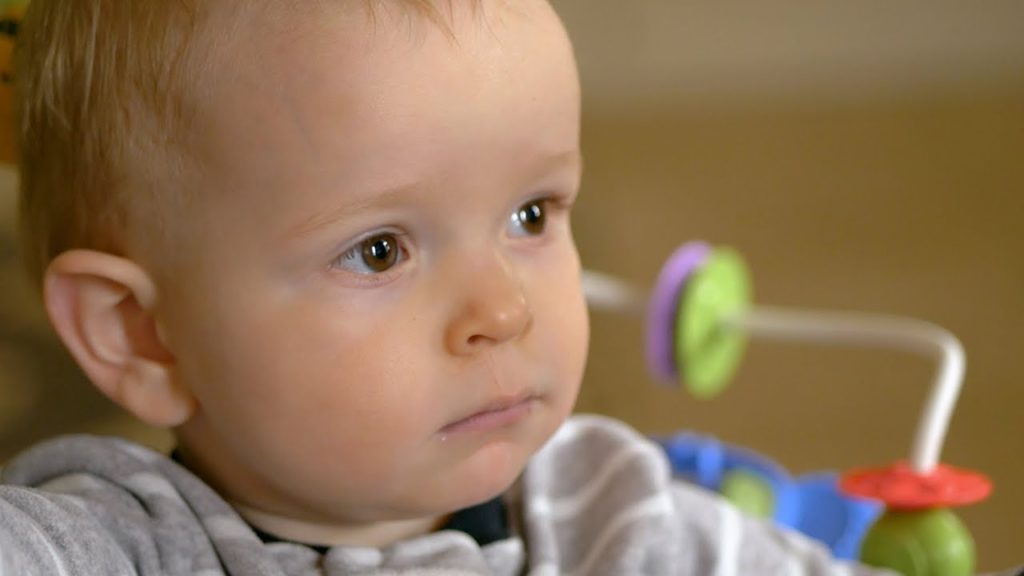
Researchers from the HSE Center for Language and Brain https://www.hse.ru/en/neuroling/ have, for the first time, described the language abilities of Russian children with Autism at all linguistic levels (e.g., phonology, lexicon, morphosyntax, and discourse), using a language test that takes into account the psycholinguistic variables most relevant for Russians. The study was published in Journal of Autism and Developmental Disorders.
In 2020, the US Centers for Disease Control and Prevention reported that one in every 54 children in the country is diagnosed with autism . Usually, 75% of children with
autism have comorbid language impairments. Although numerous studies in the USA, UK and Europe have concentrated on these problems, in terms of the specific language profiles of children with autism at the levels of phonology, lexicon, grammar, and discourse, hardly anything was known about the language abilities of Russian children with autism .
Researchers from the HSE Center for Language and Brain conducted a comprehensive language assessment of Russian children with autism . They relied on the Russian Child Language Assessment Battery (RuCLAB), which allows researchers to assess language production and comprehension in terms of the levels of phonology, lexicon, grammar, and discourse, with due consideration of such relevant psycholinguistic variables as word length, the age of acquisition of certain words, word frequency, the number of verb arguments, different sentence types, etc.
A total of 82 Russian primary-school-aged children with autism participated in the study. Each child was screened with 11 subtests from the RuCLAB, along with two additional subtests on lexicon and phonology. Furthermore, the non-verbal IQ of children, as well as the severity of autistic traits, were measured.
The results showed that there was a significant difference between groups in all subtests, except for the simplest word repetition. Children with autism had a lower accuracy than typically developing children. The researchers note that the lexicon of children with autism was the least affected linguistic level, which is consistent with the studies on English-speaking children with autism .
‘In this work, it was important for us to identify the specific language profiles of Russian-speaking children with autism at different linguistic levels, as well as understand how children’s age, non-verbal IQ, and the severity of autistic traits may account for the extent of language impairments,’ comments Vardan Arutiunian, author of the paper and Junior Research Fellow at the HSE Center for Language and Brain.
The results also demonstrate that non-verbal IQ dramatically influences language abilities, whereby the higher children’s non-verbal intelligence, the higher their language performance. Interestingly, age and the severity of autistic traits were not related to language abilities in children with autism. The final goal of the study was to subgroup children with ASD according to their language abilities in each subtest. With this in mind, the researchers divided autistic children into three subgroups, i.e., with normal, borderline, and impaired language abilities.
The total number of children with normal language abilities was related to their linguistic levels. For instance, in terms of word comprehension (lexicon), 22% of children were within the normal range; sentence repetition (morphosyntax) – 8% of children had scores within the normal range; discourse production (discourse) – the normal language group consisted of only 4% of children with autism.
‘We found that the more complex the linguistic level, the lower the percentage of children with normal language abilities. Note that the same child may be in the normal group, according to their lexical abilities, but in the impaired group according to their grammatical development,’ comments Vardan Arutiunian, adding: ‘That is why the formal language of children with autism needs to include all linguistic levels, from low-level phonology to high-order discourse. This will help experts to correctly determine the level of children’s language development, as well as provide the appropriate speech-language therapy.’